Your cart is empty now.
The word Puranam means that which was composed first-purvasmin bhutam puranam. There are eighteen Mahapuranams-. (Vide This work, III.vi.20). They form three groups, namely, sattvika, rajasa and tamasa. The six, Matsya, Kurma, Linga, Siva, Skanda and Agni are tamasa Puranams. The six Brahmanda, Brahmavaivarta, Markandeya, Bhavirya, Vamana, and Brahma are rajasa Puranam-s and the six Visnu, Naradiya, Bhagavata, Garuda, Padma and Varaha are sattvika Puranam-s. This classification of the Puranams and other works according to the qualities which prevail in them is found in the Uttara Khanda of Padma Puranam. It is briefly indicated in the Matsya Puranam also. Though the Matsya Puranam does not specify which are the Puranam-s that come under each of these groups, it remarks that those in which the mahatmya of Hari or Visnu prevails are sattvika; those in which the legends of Siva and Agni predominate are tamasa and those which describe the stories of Brahma are rajasa. The sattvika Puranam-s are a means for liberation and so they are studied with devotion by the virtuous. Among these eighteen Puranam-s Srimad Bhagavatam is the best and Sri Visnu Mahapuranam comes next. It is the most ancient of all the Puranam-s and has got the name Puranaratnam. The Supreme Sri Visnu is praised in, the beginning, middle, at the end and everywhere in Sri Visnu Mahapuranam (VI.viii.56). This Puranam has six Amsas which represent the six letters of the Visnu mantra, `Om namo visnave.’ Listening to and practising the precepts of this Puranam leads to an exalted state, not attainable even by following the six limbs of the Vedas. As the Purusa Suktamis the essence of the Vedas, Manusmrti is the essence of the Dharma Sastras, Srimad Bhagavad Gita is the essence of Srimann Mahabharatam, so is Sri Visnu Mahapuranam the essence of the Puranam-s. Further there are eighteen Upapuranam-s and eighteen Upopopuranam-s like the Ganesa Puranam that are fairly popular among the Hindus. Tradition holds that all the fifty-four Puranam-s were composed by Sage Krsna Dvaipayana alias Veda Vyasa who is an incarnation of Sri Narayana (vide.III.iv.5).
The Amarakosa describes a Puranam as follows: sargasca pratisargasca vamso manvantarani, vamsanucaritam capi Puranam panca laksanam, that is, a Puranam comprises the five subjects: (i) Sarga or creation (ii) Pratisarga or destruction or renovation of the universe (iii) Vamsa or Royal dynasties (iv) Manvantara or Reign of the Manus and (v) Vamsanucarita or Genealogies (vide III.vi.24 of this work also). Bha adds five more topics: sargo' syatha visargasca vrtti raksantarani ca vamso vamsyanucaritam samstha heturapasrayah dasabhir laksanair yuktam tadvido viduh (Bha.XI.vii.9-10). Vrtti means livelihood, raksa is protection, that is incarnation of God for the protection of His devotees, samstha is destruction of the Universe and hetu is the soul who is subject to sorrow and happiness and to whom the fruits of karma accrue. The Puranam-s are the basis of Indian thinking on matters social, cultural, religious and political. Even the Indian art has taken form from the Puranam-s.
Now, regarding the authorship of Srimad Visnu Mahapuranam the following observations are in order. The Puranam-s have a hoary past as they have their seed in the Brahmana section of the Vedas. The popular saying: itihasa puranabhyam vedam upabrmhayet, contends that one must interpret the Vedas with the aid of the Itihasas and Puranam-s. So the Puranam-s, Ramayanam and Mahabharatam (the two itihasas) are the first commentaries on the Vedas. It is but natural for Vyasa, the compiler of the Vedas, to write a commentary on the Vedas he had compiled, as only those deeds done with an understanding their import will be fruitful. The Matsya Puranam (Adh. 53, SI 70) contends: astadasa puranani krtva Satyavati sutah. So the eighteen Puranam-s were compiled by Sage Veda Vyasa. It is said in III.vi.15 of this work that akhyanaiscapyupakhyanair gathabhih kalpasuddhibhih purana samhittam cakre puranartha visaradah, one well-versed in the import of the Puranam-s (Sage Vyasa) composed the Puranam-s from what he had actually seen and heard (drstartha kathanam prahurakhyanakam buddhah, Srutasyartha kathanam upakhyanam prcaksate, quotes commentator Sridhara Svami, vide SVP, P.134), from the legends (gatha-s) of Rbhu, Nidagha and others, the eulogies made by the manes, the Earth and others and the determination of the kalpa-s (kalpa suddhih). In the account of the transmission of Sri Visnu' Mahapuranam given briefly at first in I.ii.8-9 and in a more detailed manner in VI. viii.43- 50, Parasara himself says that this Puranam was originally composed by Rsi (Narayana), that is, sage Vyasa and it was narrated first by Brahma to Rbhu and in due course of time by others in succession. Through the blessings of Pulastya the Puranam came to his knowledge-idamarsam Pura praha rbhave kamlodbhavah ...pulastya vara danena mayapyetat smrtim gatam. Also 'Brahma and the rest is said to apply to the series of teachers through whom this Puranam was transmitted from its first reputed author Brahma, to its actual narrator, the Sage Parasara,' VPW, Note 8, P.4. (Italics mine). So this Puranam was composed by Vyasa and he related it to Brahma. In due course of time it was propagated in the world by Parasara. So there is no reason to exclude Sri Visnu Mahapuranam from the Purana Samhita composed by Vyasa and ascribe it to Sage Parasara.
One more question remains to be answered. According to Naradiya Puranam, Sri Visnu Mahapuranam consists of 24000 (or 23000) slokas. But the present edition of the Puranam consists of 6293 slokas only. What happened to the remaining 17000 slokas? The answer to this question is found in Srimad Visnu Puranam with five commentaries on it, edited and published in 1914 from Kumbhakonam in Tamil Nadu by Sri T.R.Vyasacharya and in it he had brought to the notice of the public for the first time the fact that what was hitherto known by all as Visnu Puranam formed only the first part of the Puranam. The second part of it consisting of 17000 slokas is known as Visnu Dharmottara.
The said editor and publisher had proposed to publish the two parts of the work with five commentaries of the three schools of Vedanta, viz., Advaita, Visistadvaita and Dvaita. But unfortunately he could publish only the first 320 pages of the work upto Amsa II, Adhyaya vi, sloka 41. Presumably he passed away after that. Visnu Dharmottara is now available in print. As its name suggests, it mainly consists of the duties and prescribes a code of conduct for the devotees of Visnu.
The date of Visnu Puranam cannot be fixed with certainty. In IV.xx.53 of this work it is said that Parasara narrated this Puranam to Maitreya during the reign of King Pariksit. So this Puranam was propagated in the world after the Mahabharata war. The date of this Puranam is first or second century A.D. (P.E.P.617). Anyhow it could not be later than the fourth century A.D. There is a valuable astronomical information in IV.xxiv.106 of this work based on which the date of this Puranam can be fixed with a fair degree of accuracy. But it needs laborious astronomical calculations to be done with patience on the basis of Hindu astronomical works.
**Contents and Sample Pages**
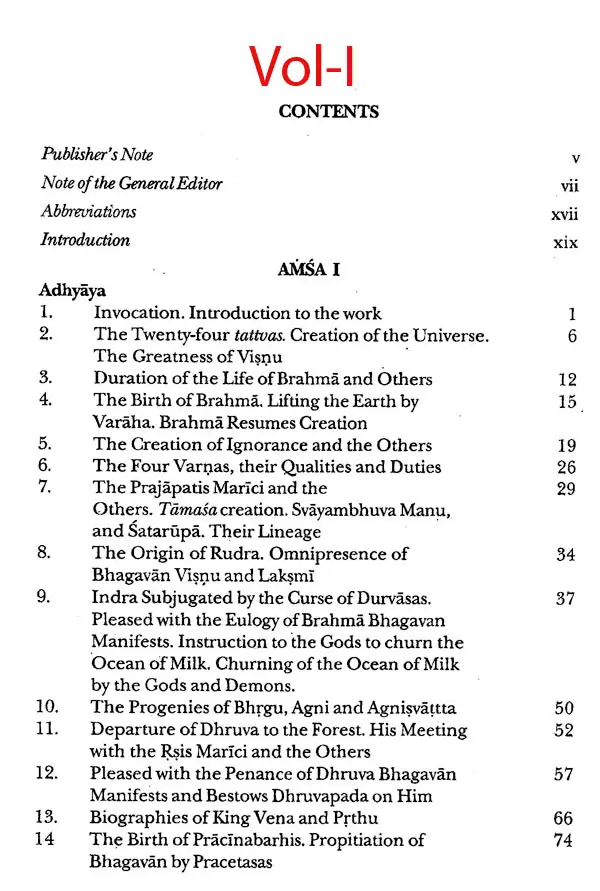
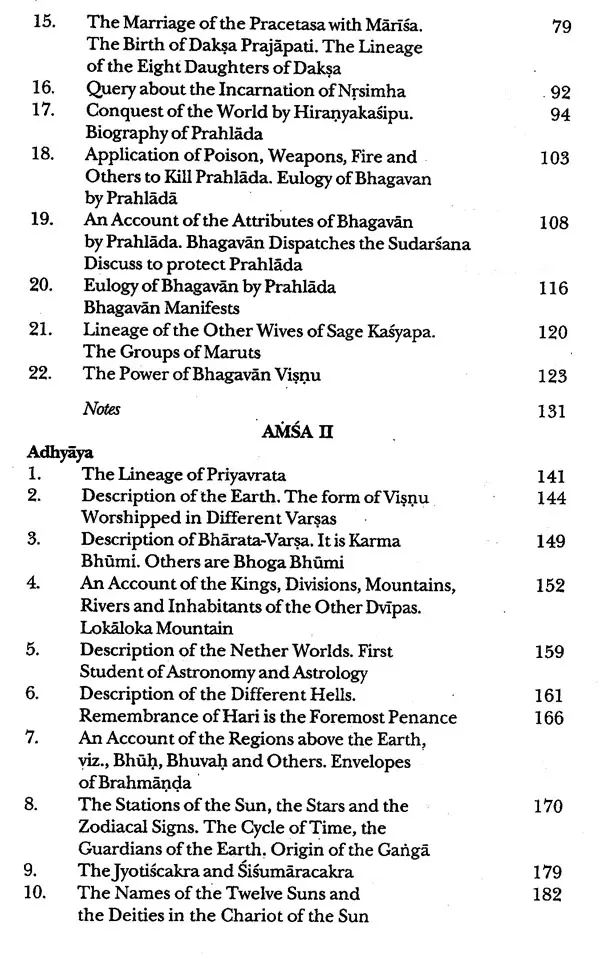
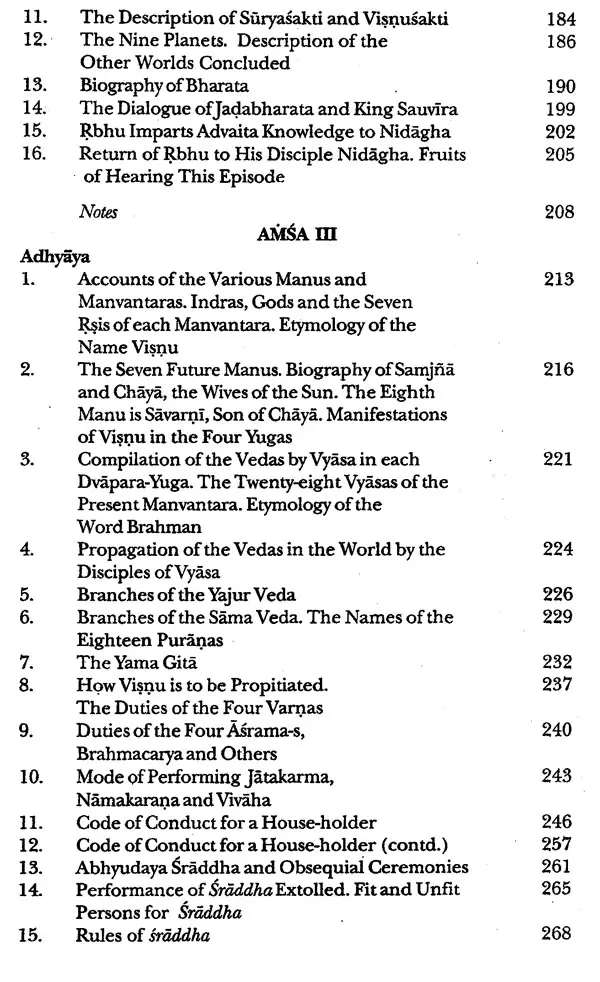
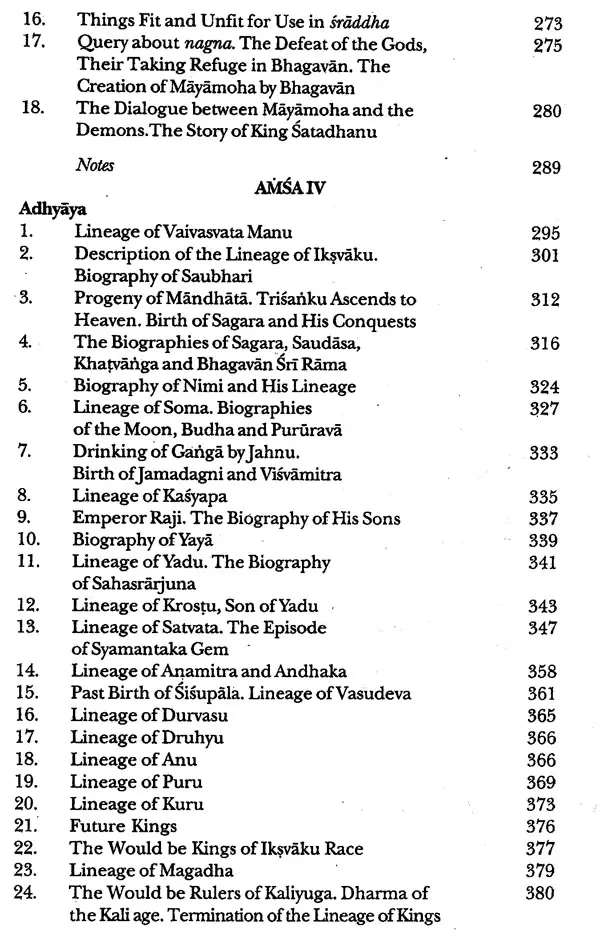
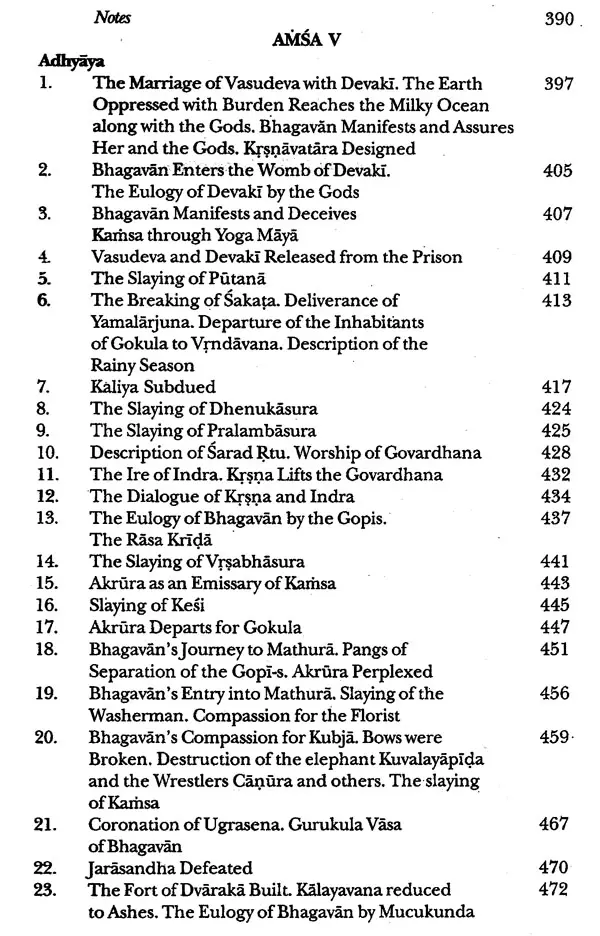
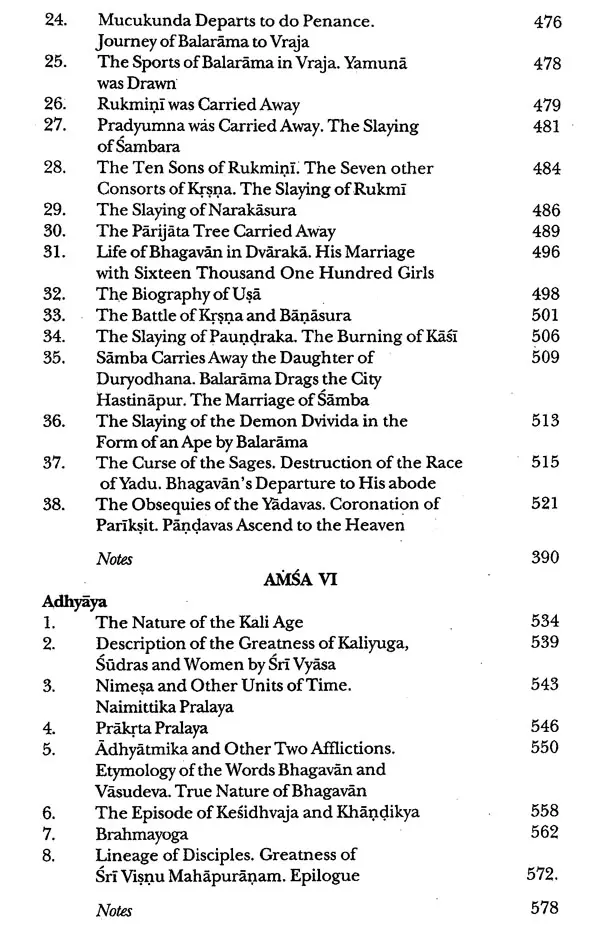
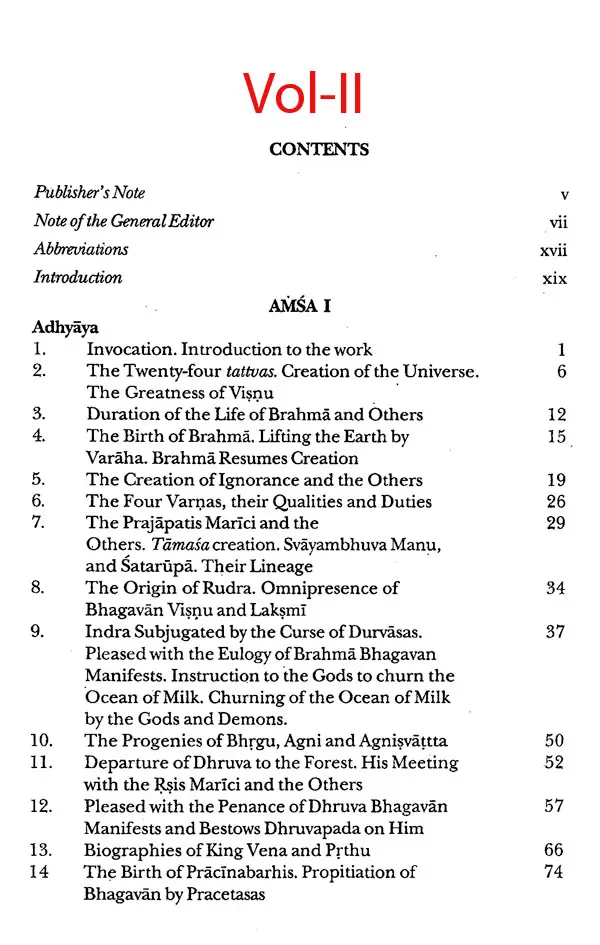
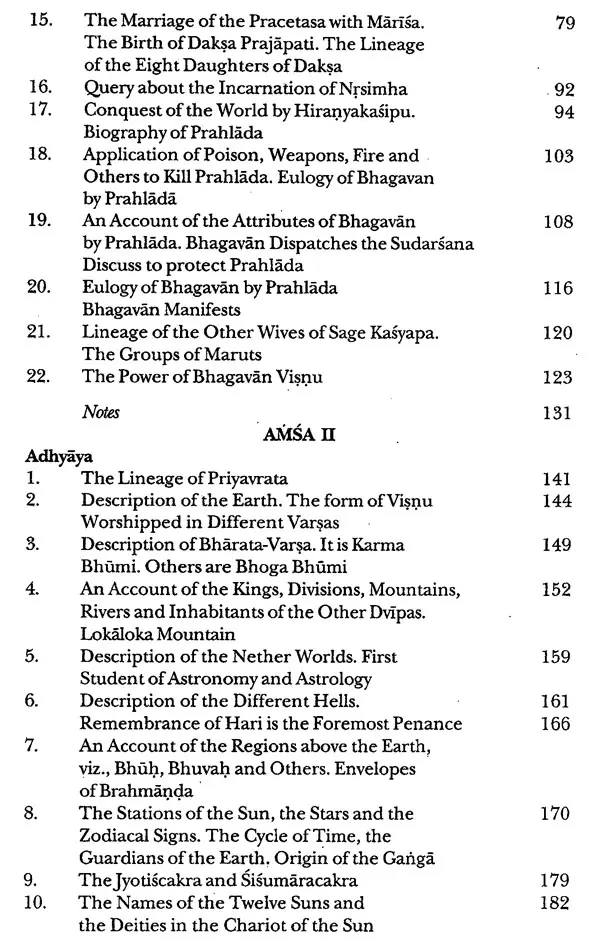
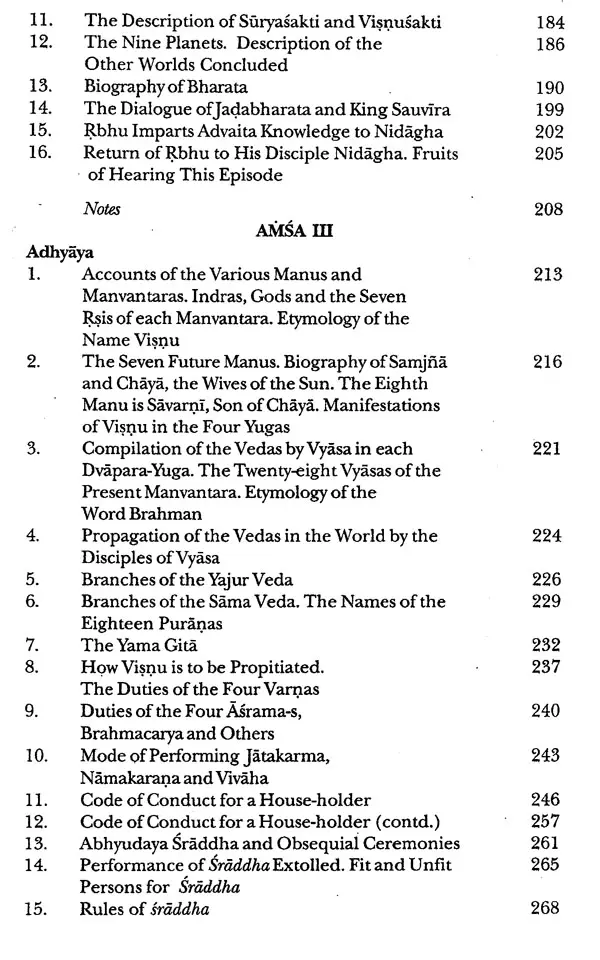
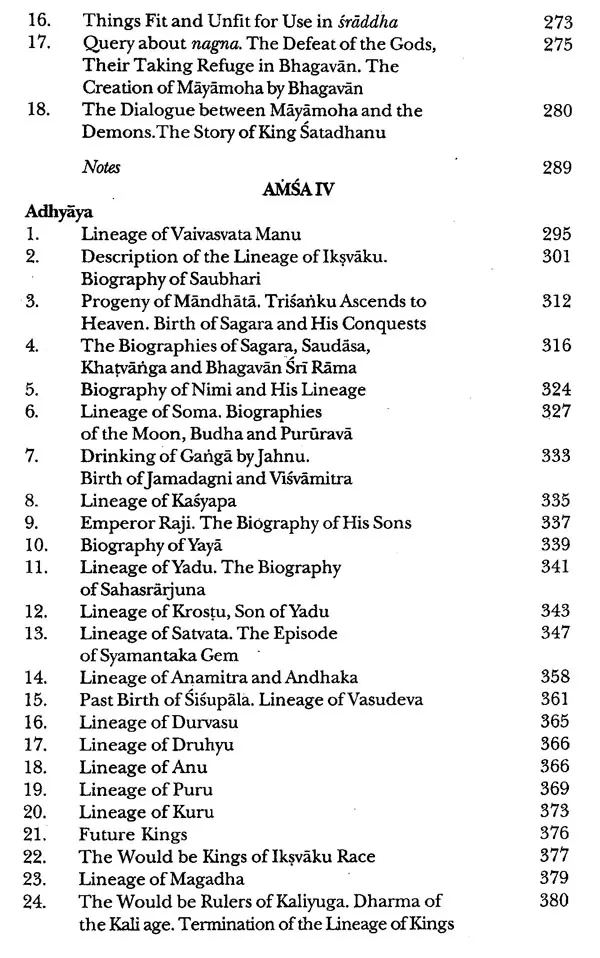
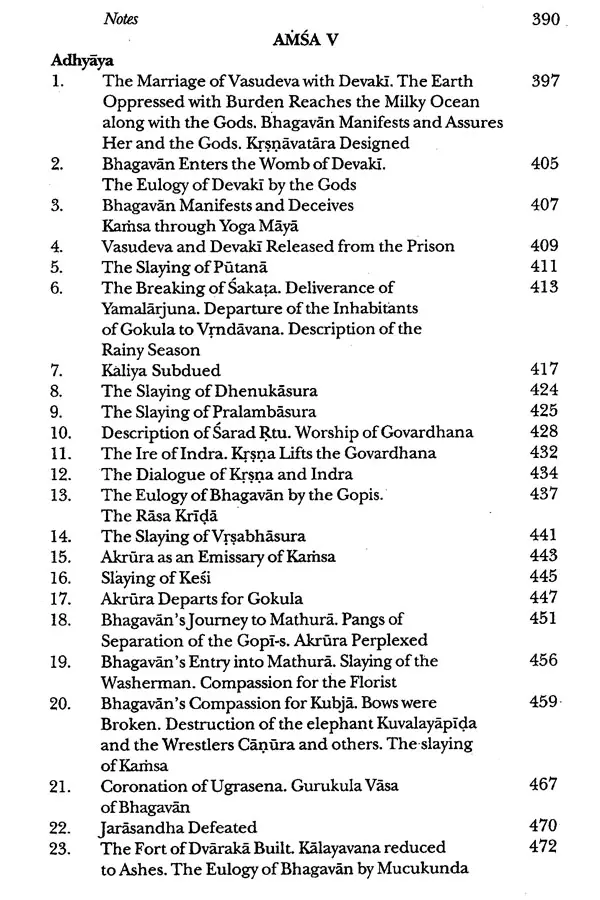
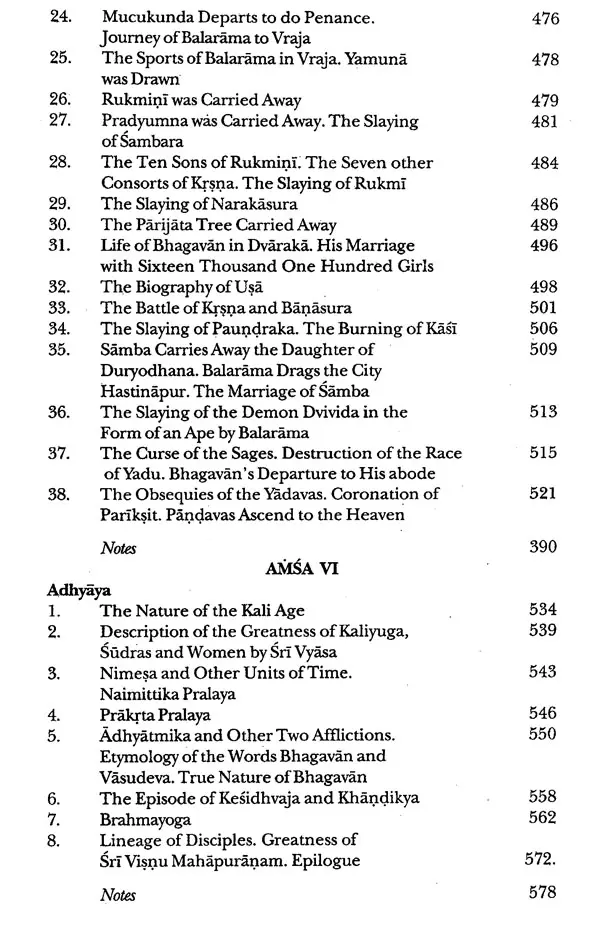
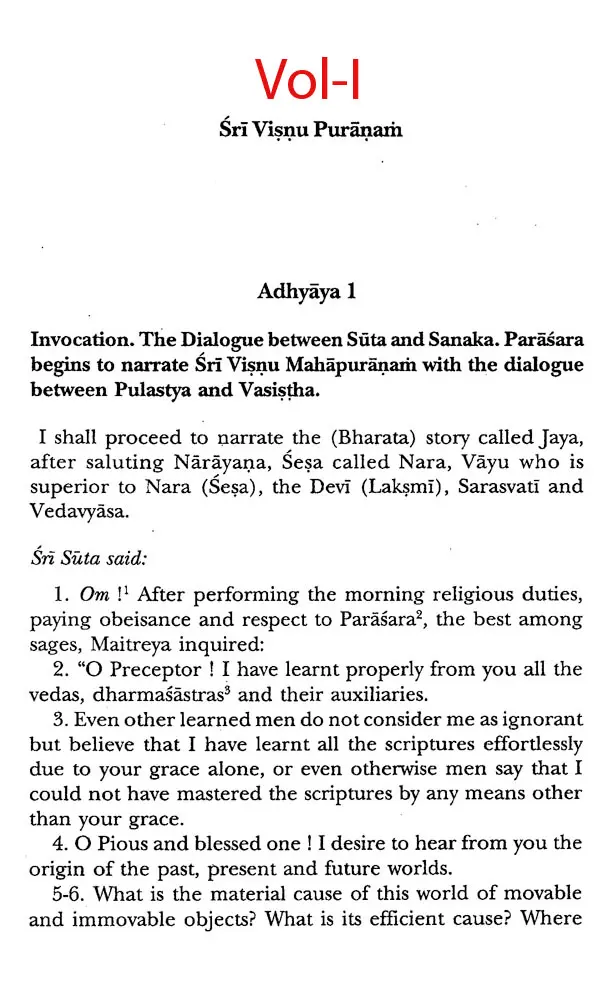
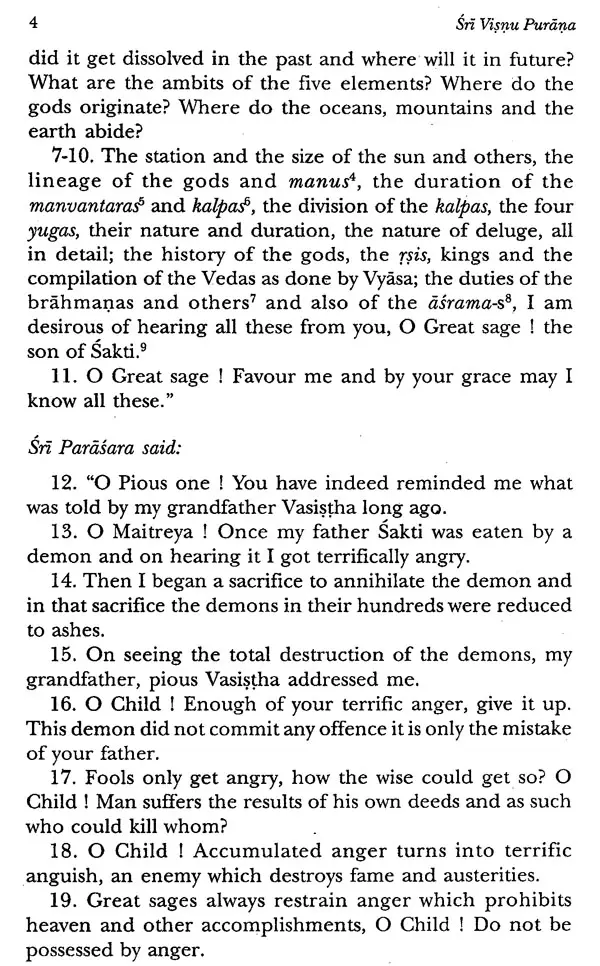
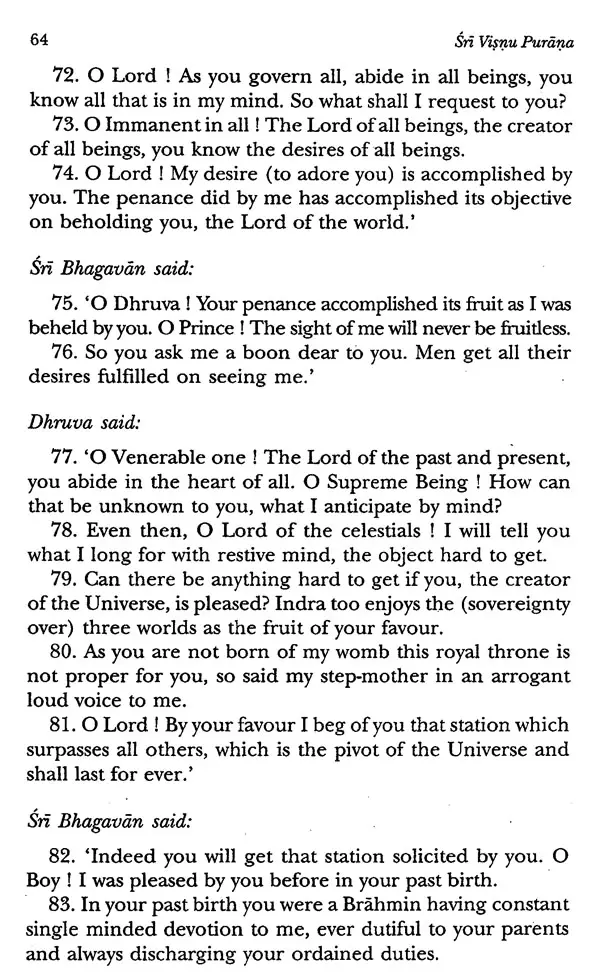
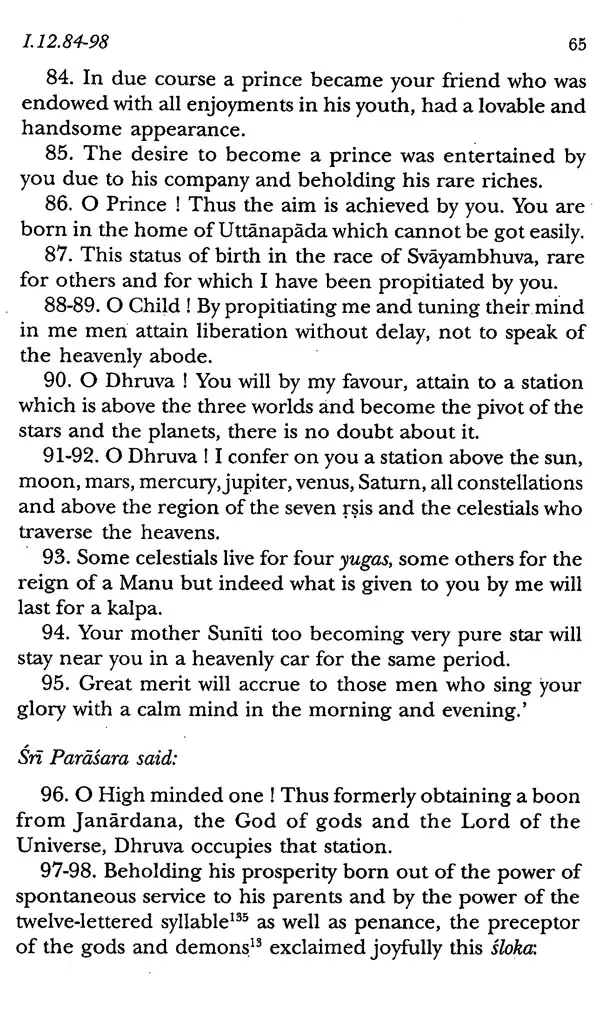
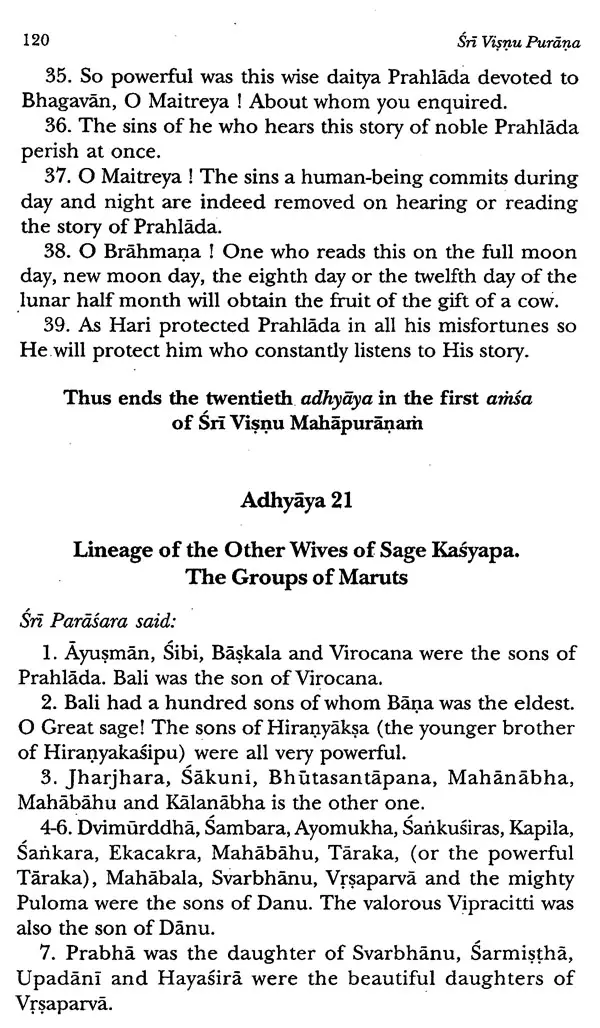
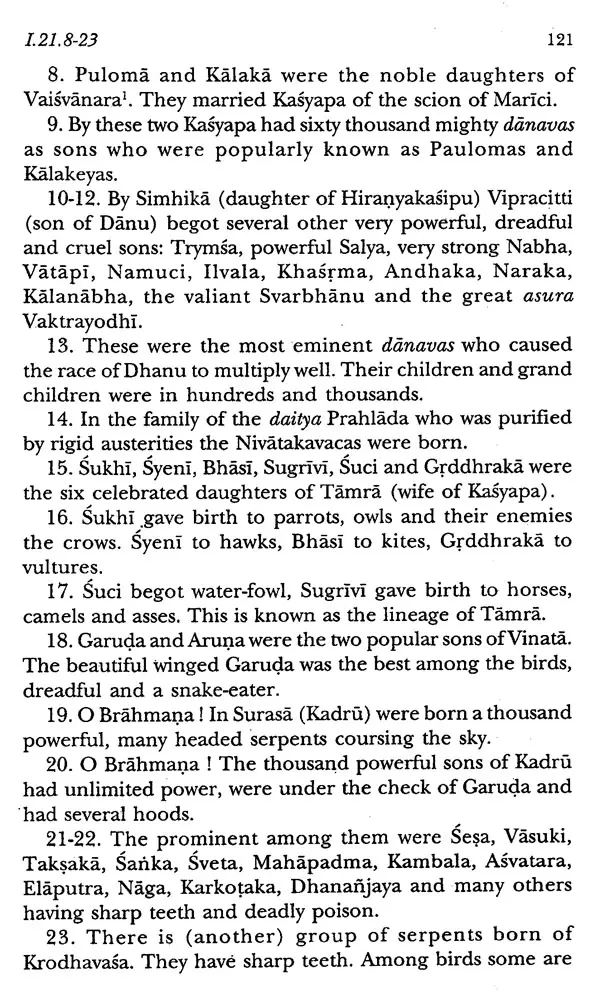
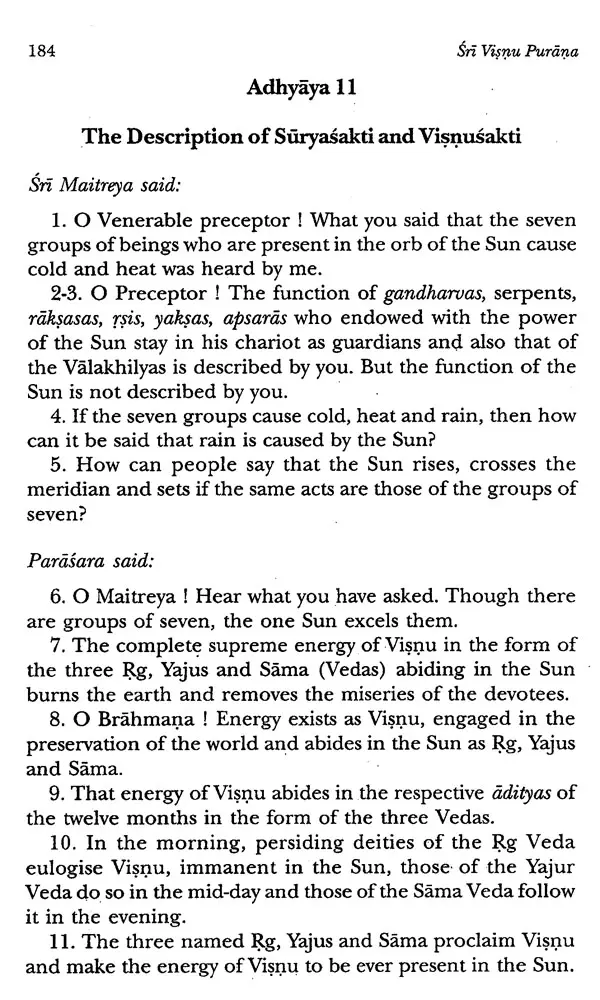
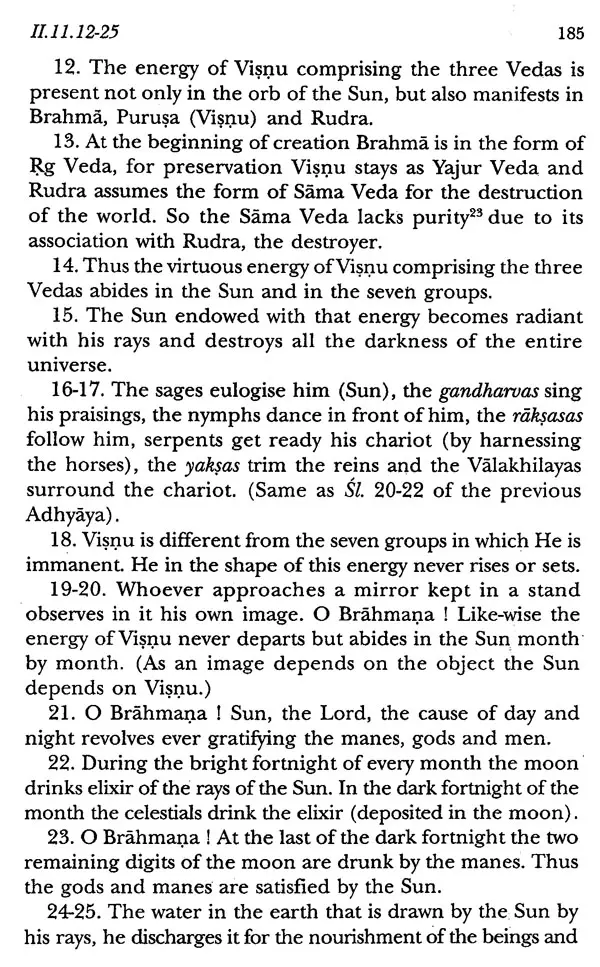
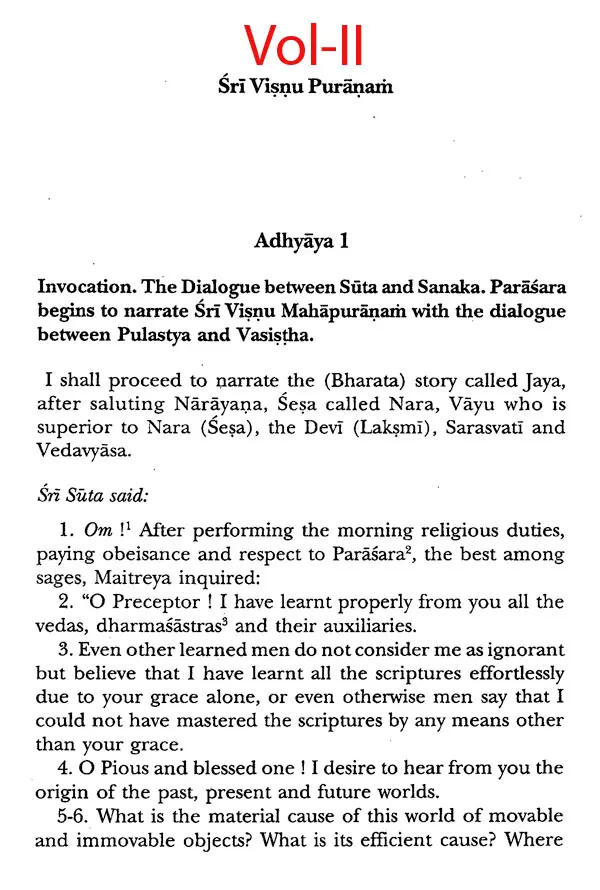
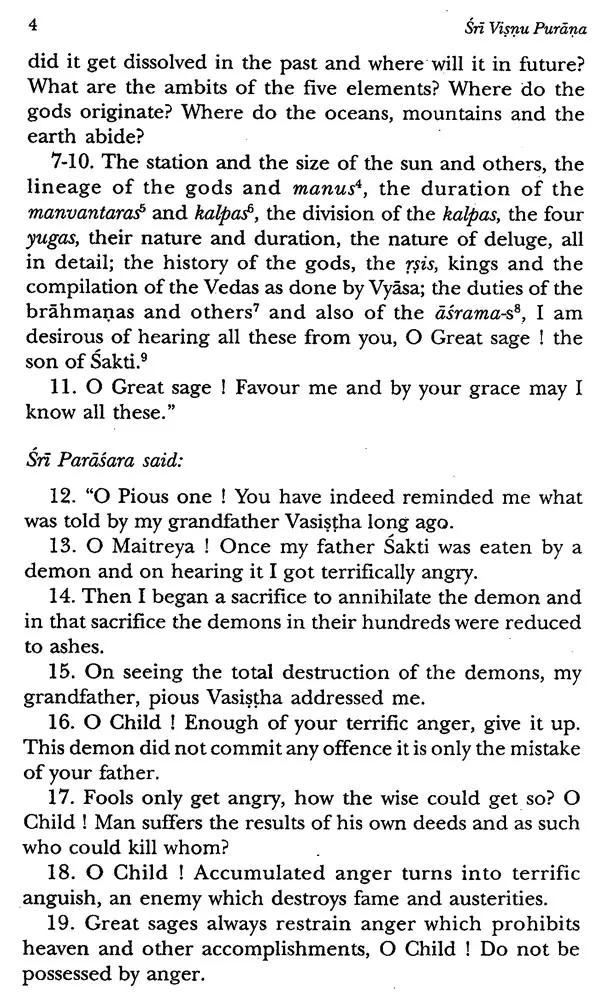
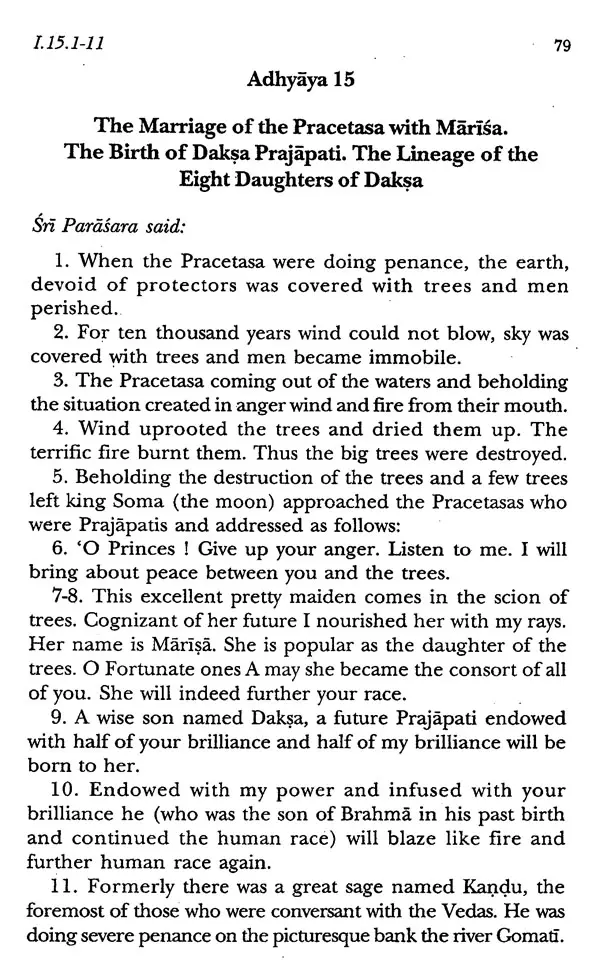
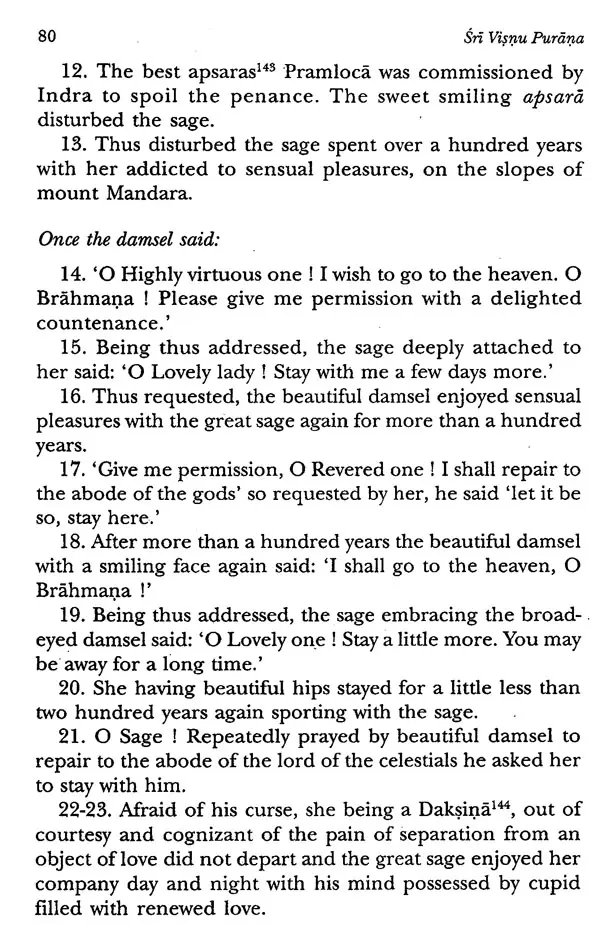
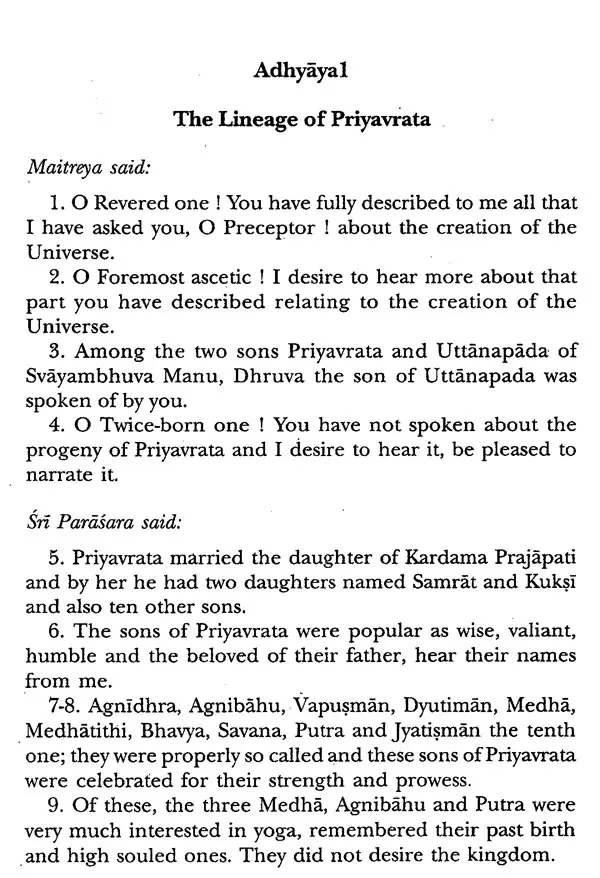
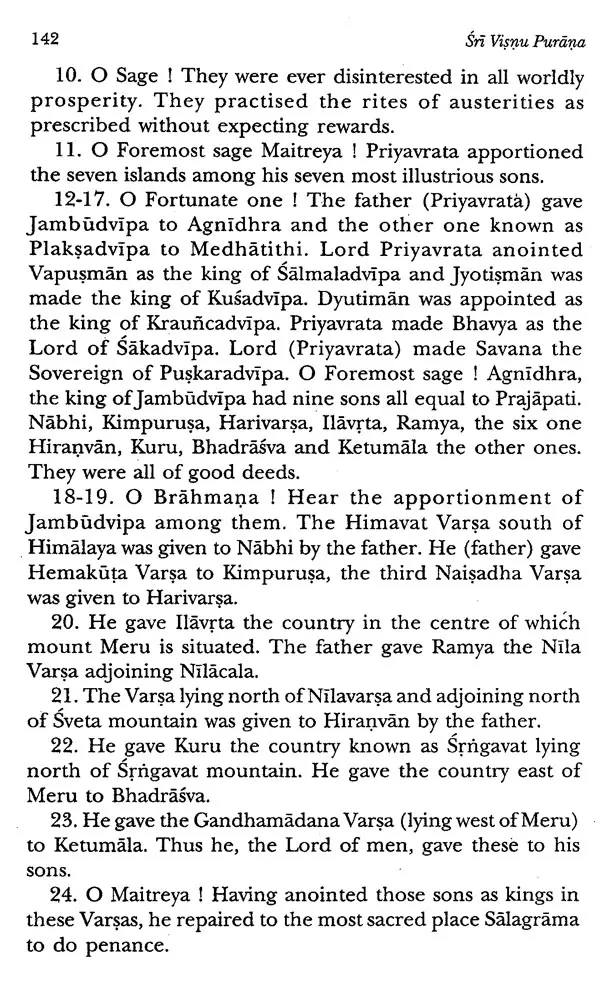
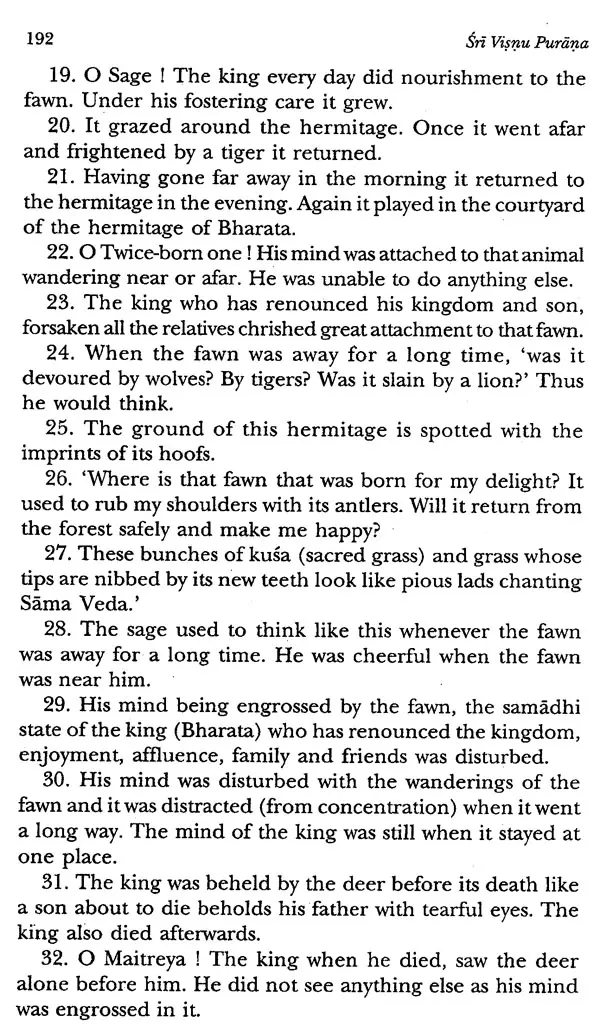
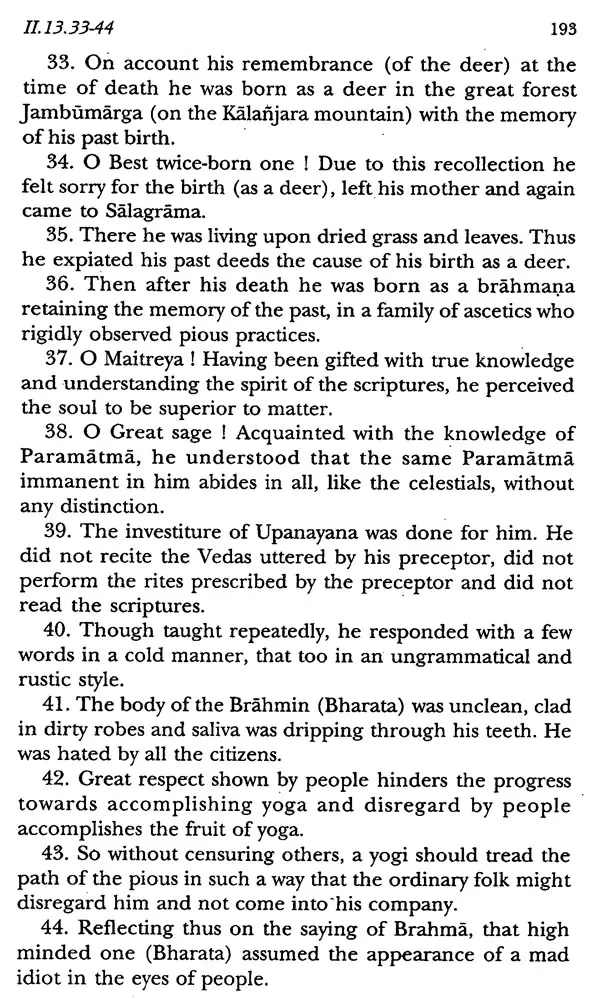
Delivery and Shipping Policy
- INTERNATIONAL SHIPPING
- Rs.1000-1100/kg
- ESTD. Delivery Time: 2-3 weeks (depending on location)
- Bubble Wrapped with Extra Padding
- NATIONAL SHIPPING
- NCR: Rs. 30/half kg
- Standard: Rs. 80/half kg
- Express shipments also available on Request
- ESTD. Delivery Time: Ranging from 1-4 days up to 7 business days (Depending on your choice of Delivery)
- TRACKING
- All orders; national or international, will be provided with a Tracking ID to check the status of their respective orders
- Depending on the Shipping Service, Tracking ID may be used on their respective tracking portals
Frequently Asked Questions (FAQs)
Domestic Shipping: 3-4 Days (after shipping)
International Shipping: 1-2 weeks (based on your location)
You will receive an email once your order has been shipped or you can email us if you didn't receive tracking details (info@mlbd.co.in)
Every book that we sell is the latest edition except all the rare books
Yes, we do provide free shipping, only on domestic orders (within India) above Rs.1500





















